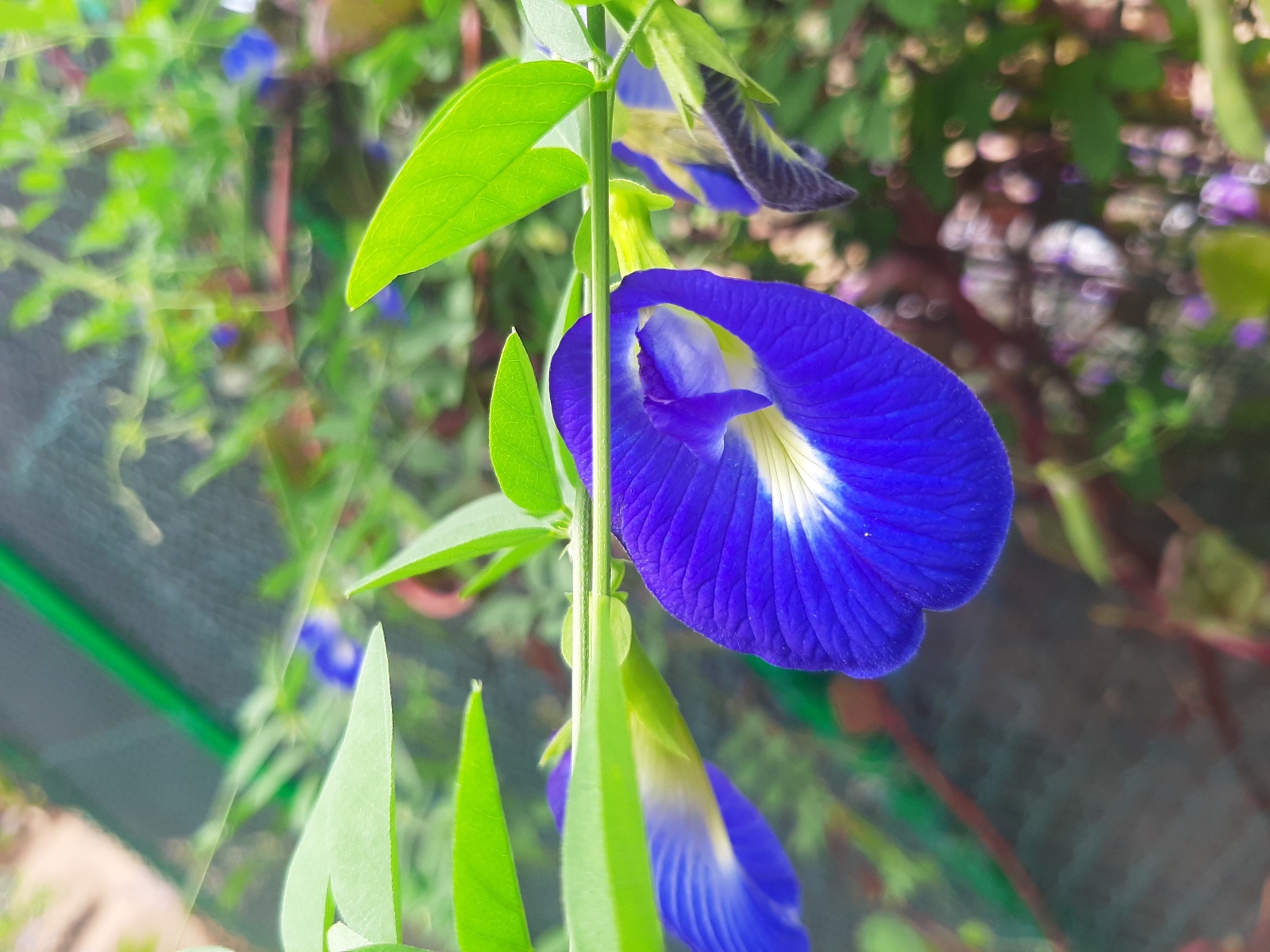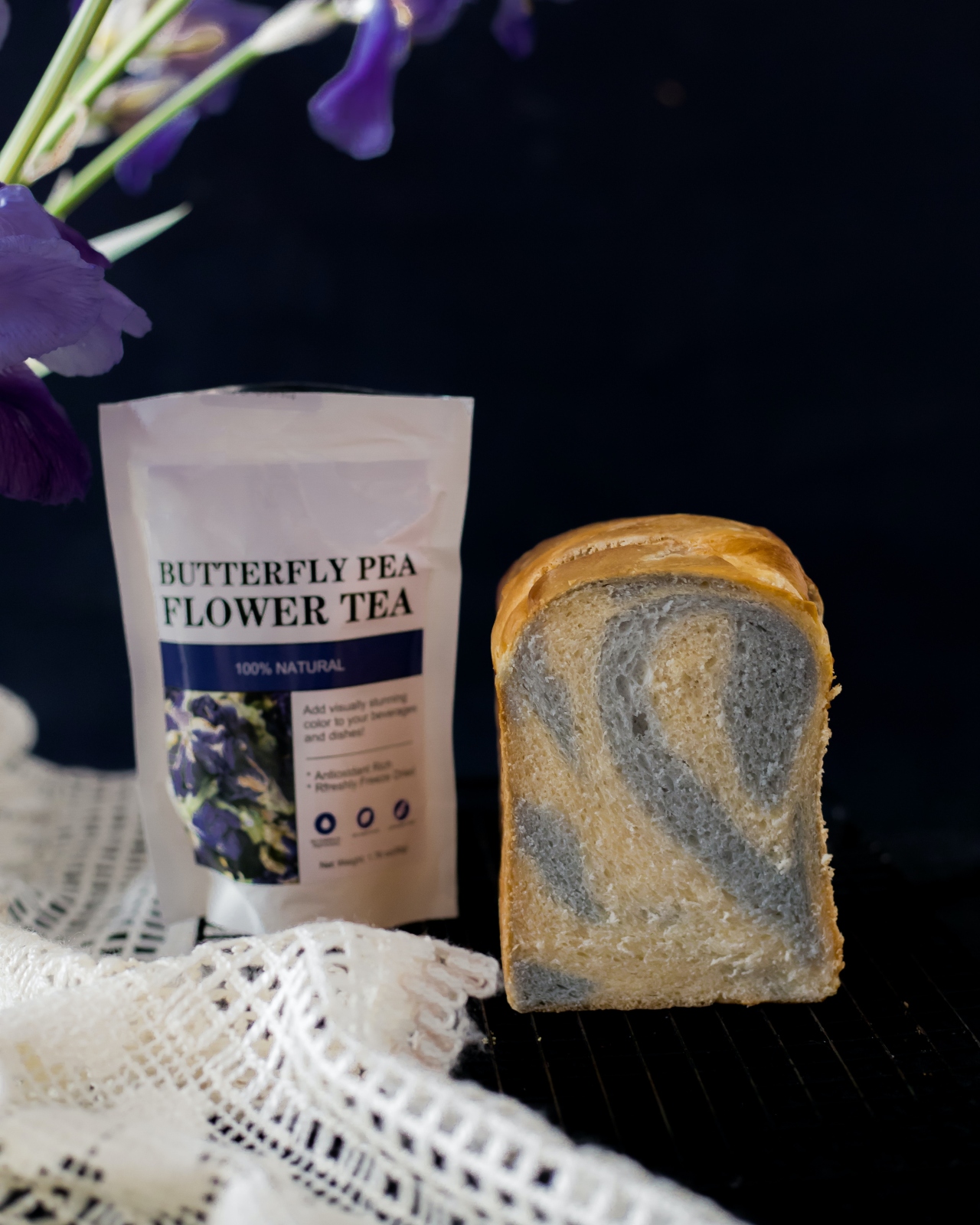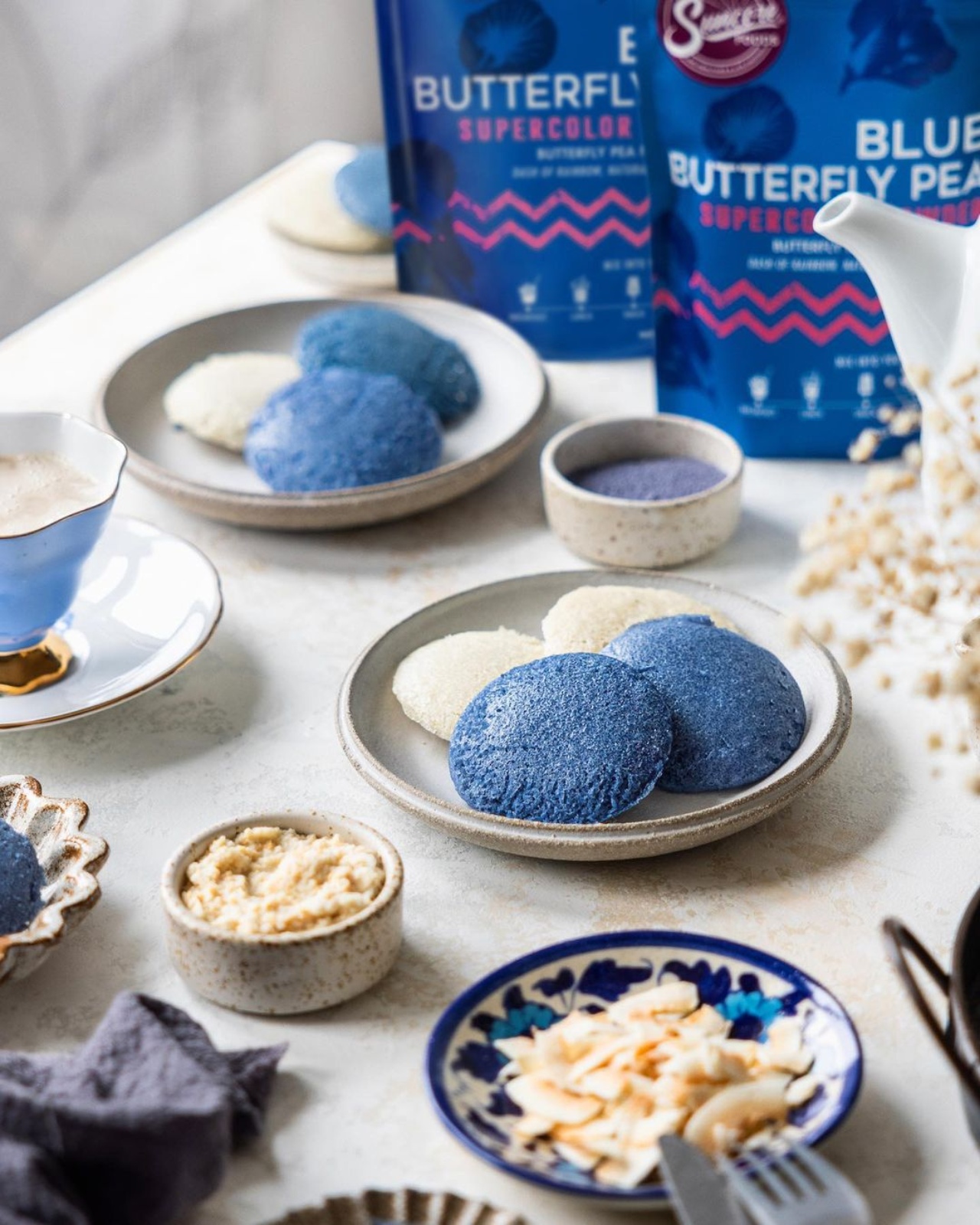Are edible flowers worth adding to our diets? To answer, here’s everything we know about the common butterfly pea flowers and their nutritional benefits
By now, you may have already encountered edible flowers as part of a dish, a drink, or maybe a childhood dare. Whatever your case may be, we’re willing to bet that edible flowers aren’t a part of your regular diet. Usually, edible flowers are more like novel additions to fancy dinners and water detoxes—not an everyday occurrence, but should they be? To answer, here’s everything we know about the common butterfly pea flowers and their nutritional benefits.
RELATED: Junk Food’s Effect on Mental Health, and How to Eat Better
Weighing the benefits

The Clitoria ternatea is commonly known as the butterfly pea flower, Asian pigeonwings, and other such nicknames. This beautiful blue flower is native to Asia where it’s more commonly used for desserts and beverages like teas and cocktails. But the butterfly pea flower is good for more than just turning water blue.

What primarily makes the butterfly pea flower so attractive as an edible flower is that it’s rich in antioxidants and, as such, is linked to several health benefits. The particular antioxidant compounds it’s known for are anthocyanin compounds called ternatins, and this has been studied for its protective role against chronic inflammatory diseases.
This flower contains several other antioxidants like kaempferol, p-coumaric acid, and delphinidin-3, and these have also been noted for their ability to help protect against certain diseases and cancer cells.
So the butterfly pea flower is reportedly rich in antioxidants, is anti-inflammatory, and has strong anticancer potential, but what else?

Other notable benefits of the butterfly pea flower include its ability to boost brain health, skin health, and hair health. This flower is also reportedly able to help with weight loss and reduce the risk of diabetes.
RELATED: Fast Facts on Hair and Scalp Care According to an Expert
It sounds too good to be true, but the current body of research says it is. That being said, there are also reported side effects when consuming this plant, such as diarrhea and nausea. However, there’s not enough scientific evidence to back this up, so it’s best to practice caution and use butterfly pea flowers in moderation.
Our takeaway

So, is the butterfly pea flower worth adding to our diets? Our answer is yes. Not only is the whole plant—from the flower petals and leaves to the pods—safe to eat when prepared properly, but it’s also a part of Southeast Asian cuisines like Thailand and Malaysia.

All in all, there is more benefit rather than risk to gain from regularly eating and drinking food and beverages with the butterfly pea flower incorporated into them. Of course, moderation is key. And as is the case with everything new you’re adding to your diet, it’s best to research or check in with your doctor if you have one. This way, you’re sure that you won’t encounter any allergic reactions or other nasty side effects.
Featured Image: SUNCORE FOODS (via Instagram)
The post The Nutritional Benefits of Eating Butterfly Pea Flowers appeared first on MEGA.
The Nutritional Benefits of Eating Butterfly Pea Flowers
Source: Insta News Pinoy

0 Comments